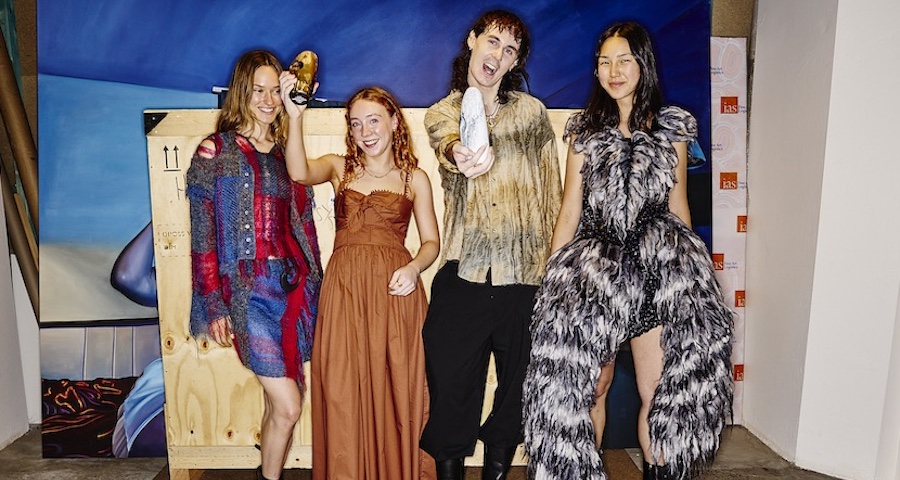Australians buy more new clothing than anyone else. So why is our fashion industry dying?

- by Admin
- September 3, 2024

What sector employs more people than mining and the arts, and exports more in dollar terms than the wine industry, but is routinely dismissed as frivolous and superficial? Fashion, of course.
But despite what local fashion brings to the economy, a new report from the Australian Fashion Council published on Tuesday shows the industry is on life support and warns that without government investment – particularly in Victoria, where one-third of the sector is based – things will go from bad to worse.
Australian fashion label Dion Lee will be wound up after failing to find a buyer.Credit: Joe Armao
Victoria’s clothing manufacturing sector, which powers fashion brands across the country, has shed $200 million – or 18 per cent – of its value since 2019. With additional support, including the rollout of “smart factories” that use technology like digital sampling to minimise waste, the sector can add $225 million to the state’s economy and create 1500 jobs. Without further investment, the council warns, it will lose another $98 million and 700 jobs by 2030.
Add to that the number of Australian fashion labels that have shut down in the past year, plus the many now struggling to make ends meet, and it paints a bleak picture of an industry that brings so much to our economy.
Last week’s announcement that Dion Lee would be wound up after failing to find a buyer not only marked the downfall of what was once one of the country’s hottest labels, it also sent ripples through the industry. As one designer privately put it: “If Dion Lee can’t survive, what hope do we have?”
Loading
If Australians wake up to the reality that local brands desperately need our support, there is hope. And while the Australian Fashion Council does the important work of shoring up support for local manufacturing, it’s just one piece of the puzzle. To use an Olympic metaphor, Australian-made gets the gold medal, but shopping Australian-owned – where fashion is designed locally but produced offshore – is a photo-finish for silver.
At the start of the pandemic, “buy Australian” rhetoric enjoyed a mini-renaissance, as patriotic consumers with newfound spare time and disposable income flocked to local brands. A campaign called We Wear Australian, launched by West Australian fashion identities Richard Poulson and Kelly Atkinson, received widespread coverage – including in this masthead. But years later, where is that consumer support?
I’ll tell you where it is. It’s in Kmart, which last week reported a massive jump in revenue, largely due to the success of its in-house brand, under which most of its clothing is sold. It’s also in the coffers of fast-fashion giants such as H&M and the ultra-fast sector, led by China-based Shein, where a T-shirt can cost as little as $1.59.
The Latest News
-
December 22, 2024AFL legend Aaron Shattock placed in induced coma following freak accident while operating an excavator
-
December 22, 2024Test discard brings the heat after Boxing Day axing
-
December 22, 2024Australian cricket team at MCG: Near 60% win record, unbeaten for three years | Cricket News – Times of India
-
December 22, 2024Zheng to skip United Cup, focus on Aussie Open
-
December 22, 20242024 runner-up Qinwen Zheng pulls out of Australian Open lead-in event





